- Language switcher
- About us
- The house
- Pouzols-Minervois
- Days out
- Béziers
- Bram
- Camargue
- Capestang
- Carcassonne
- Castelnaudary
- Castelnou
- Étang de Thau
- Fontfroide Abbey
- Fortress of Salses
- Gruissan
- Lagrasse
- Lastours
- Mèze
- Millau Viaduct
- Minerve
- Montolieu
- Montpellier
- Narbonne
- Olargues
- Oppidum of Ensérune
- Peyrepertuse
- Pézenas
- Pont du Gard
- Roquebrun
- Saint-Guilhem-le-Désert
- Saint-Jean-de-Fos
- Sète
- Sigean
- Skydiving in Lézignan-Corbières
- To the beach
- Uzès
- Wine tasting
- Contact
- Reservations
Oysters and flamingos
Le Fort Pouzols-Minervois is a 90 minute drive (48 miles, 77 km) from the Étang de Thau, the largest of the inland lagoons (étangs) that line the coast from the Rhône river to the foothills of the Pyrenees on the Spanish border. Although the water is salt, it is considered the second largest lake in France. The Étang de Thau is famous for its immaculate grids of oyster beds as well as for flamingos that live on the lagoon. You can combine a day trip with visits to Sète, Marseillan and the thermal spas at Balaruc.
Some figures
The 7,500 hectare lagoon is 13 miles (21 km) long, 5 miles (8 km) wide, connected to the sea and produces sea bass and other fish. But the main products here are 18 different varities of shellfish, of which oysters are by far the most important. Around 750 producers farm 2,750 oyster tables on the Étang de Thau and produce some 13,000 tonnes annually. This is the equivalent of about 8.5{dad2043e29fe7a95205858f4aee3eccfeae41a5ccda41d2c2c245dff5abd53c0} of France’s consumption. Some 3,000 tonnes of mussels are also produced annually.
A visit to the Étang de Thau
A visit to the lagoon is unmissable for seafood lovers. There are countless little cafés and restaurants along the shores of the lagoon that serve local oysters, marketed as huîtres de Bouzigues after the village of Bouzigues where oyster production started.
Understandably, this is also a big area for watersports, with sailing schools, boat hire, windsurfing, kitesurfing and organised cruises available in many places. For details, see www.thau-mediterranee.com.
Other things to do in the area
The Étang de Thau is great for visiting places like Sète, Mèze and Marseillan. In Loupian you can tour a Roman villa with mosaic floors. Frontignan is famous for its sweet wine, the AOC Muscat de Fortignan.
If you want to travel further south down the coast, Valras Place, Gruissan and Leucate Plage are worth a detour. You are still able to return to Pouzols-Minervois within a short drive from anywhere along this stretch of the coast.

Book your stay at Le Fort Pouzols-Minervois
Book your stay today on any of these great websites or directly with us.
Contact us
Le Fort Pouzols-Minervois
11 Rue du Fort
11120 Pouzols-Minervois
Aude
France
Telephone +33 (0)9 77 21 84 62
info@le-fort-pouzols-minervois.frFollow us

